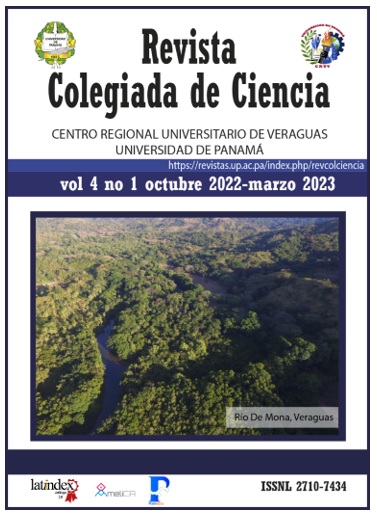

ABSTRACT
The language acquisition gave rise in the 20th century, to the birth of linguistics. Accordingly, the teaching of the Spanish language focused on the development of the language and the analysis of various topics, including textual coherence. Based on this thought, a comparative analysis of three articles by the writer Enrique Bernárdez is presented, where coherence is seen as a dynamic textual mechanism by which the statements, sentences and paragraphs are part of the text or discourse refer to the same reality. The main objective of this bibliographic review assignment is to summarize, understand, analyze and interpret some of Enrique Bernardez's articles, which belong to different periods, highlighting the fundamental topics related to textual coherence and the didactics of the Spanish language. In addition, in this approach It is pointed out that for there to be coherence, the elements that make up the text must be related or cohesive with each other, forming a unitary meaning. Likewise, in this document, coherence is considered to be one of the essential components that help to understand the meaning of a text in a global way, recognizing that this refers to one of the text’s properties recognizing that this refers to one of the properties of the text that makes it possible for a discourse to be endowed with a semantic structure, which allows the reading person understand and interpret a series of words, statements, phrases or sentences that are characterized by establishing some kind of relationship or connection between the main topic and the secondary ideas that are part of a writing.